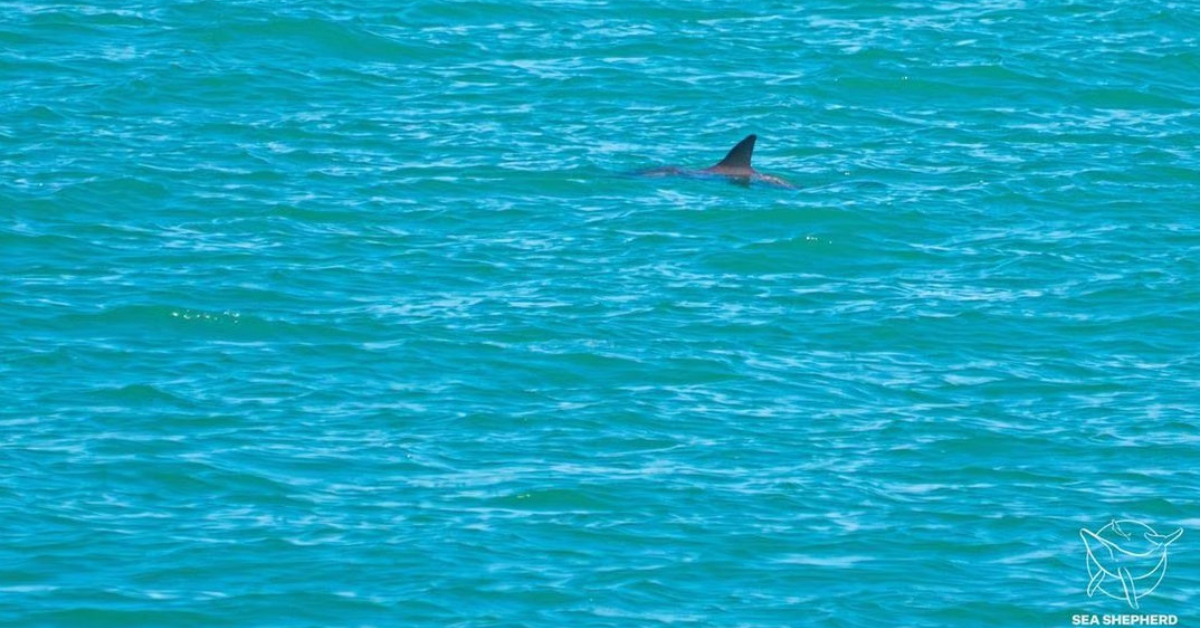PUERTO VALLARTA (PVDN) - Mexico's Ministry of Environment and Natural Resources (Semarnat), in conjunction with the National Commission of Protected Natural Areas (Conanp), has released the findings of the Vaquita Observation Cruise 2023. This expedition took place from May 10 to 27 within the Zero Tolerance Zone (ZTC) in the Upper Gulf of California and Colorado River Delta Biosphere Reserve.
According to expert analysis, 61 acoustic detections and 16 sightings of vaquitas were recorded using the "Expert Elicitation" method, injecting newfound optimism into the conservation efforts for this endemic species.
Estimates Indicate 10-13 Individuals Spotted . . .







